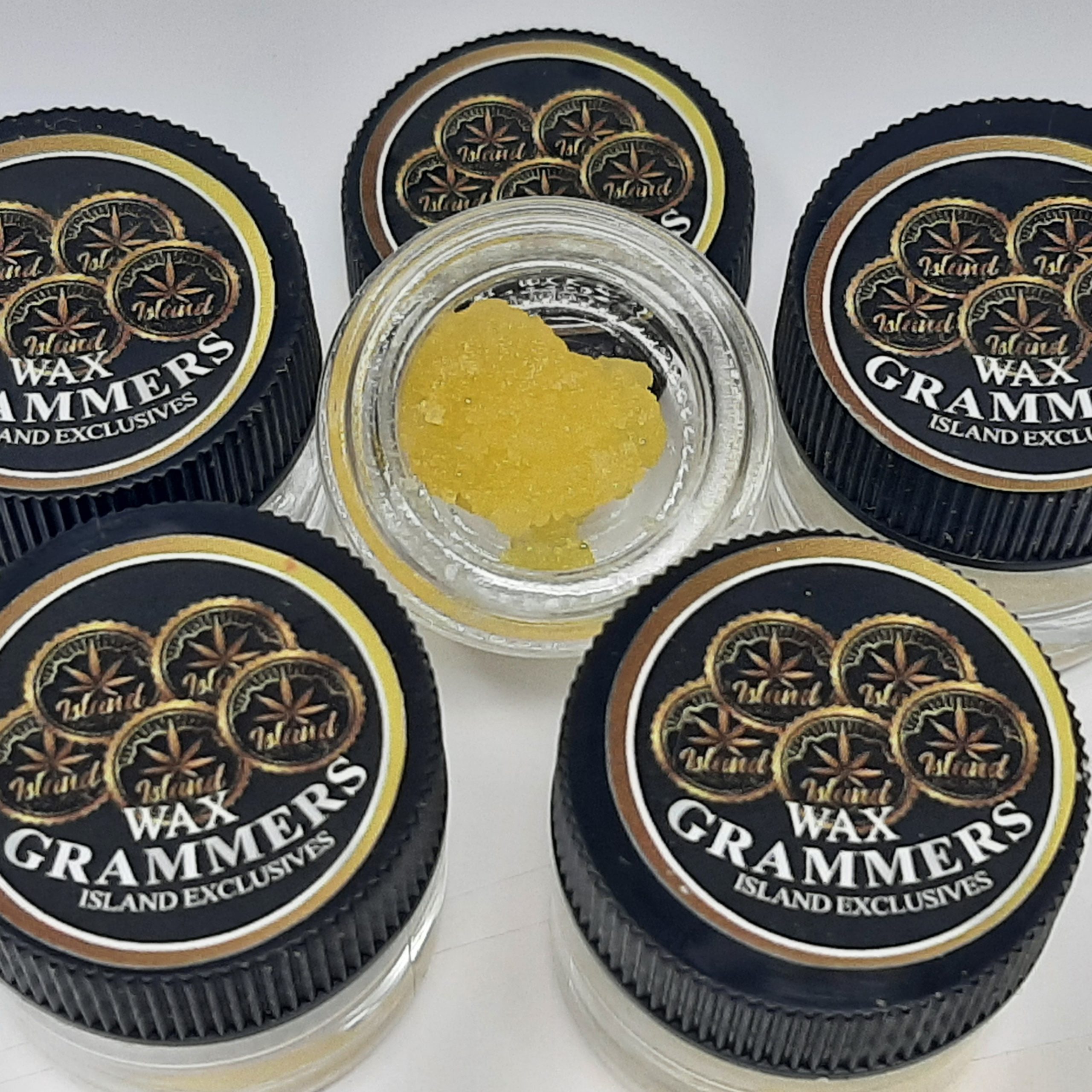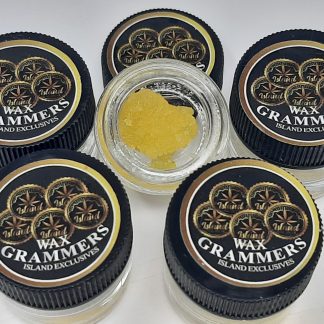Description
Cannabis wax is an extract named for its soft, malleable texture that resembles wax. Because wax can take on so many nuanced forms, it may also be called “butter,” “badder,” “honeycomb,” or other descriptive names that speak to the extract’s texture and appearance. Wax can be made using a variety of different production techniques such as butane or hydrocarbon extraction. Wax is most popularly consumed via dabbing, but it can also be added to bowls, joints, or blunts for added potency.
What is wax?
Wax is an umbrella term used to describe cannabis concentrates that appear soft and waxy in appearance. Most waxes result from extraction processes involving butane or other hydrocarbon solvents. Because waxes can form a variety of nuanced textures due to variations in moisture and lipid content, you may find waxes marketed under different names like “butter,” “badder,” “honeycomb,” “crumbling,” “cake icing,” or “sugar.” Although this may seem like an overwhelming number of monikers, they are simply different descriptive terms for the same basic idea. In other words, these are all mainly cosmetic variations of cannabis wax.
Shatter is another popular term applied to cannabis extracts. Shatter and wax are hardly different on a chemical level, and their difference is mainly due to differences in how the molecules situate themselves after extraction. In other words, the extract’s glass-like or wax-like appearance will communicate nothing in terms of how much THC is contained within the concentrate, only texture and appearance.
How is wax made?
Wax describes a broad grouping of cannabis concentrates, but the most common type of marijuana wax is produced through butane or hydrocarbon extraction. These extracts are called BHO, which is short for “butane hash oil.” In this process, the butane or hydrocarbon solvent is pushed through contained cannabis plant material, stripping off essential compounds like THC and CBD. The resulting oil may then be further refined using a variety of techniques. If the extract is agitated during these processes, it tends to form an opaque material as opposed to glass-like “shatter” extracts.
Although it is possible to create cannabis wax using at-home DIY methods, it is extremely dangerous due to the flammability of butane fumes. Professional extract producers utilize large closed-loop systems, which prevent solvent fumes from escaping into the air.
The benefits of wax
Wax has many benefits to offer consumers, though these extracts might be too potent for new consumers or those sensitive to THC (although high-CBD/low-THC waxes do exist). Waxes are a refined, concentrated form of cannabis, allowing the consumer to enjoy marijuana’s therapeutic compounds without having to smoke plant material. For medical patients needing swift and potent relief of symptoms, cannabis waxes may be an option to consider.
Wax is also versatile. It can be dabbed, vaporized, or added to a bowl, joint, or blunt for additional potency.



Reviews
There are no reviews yet.